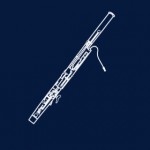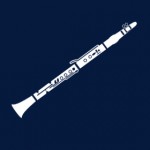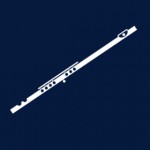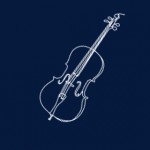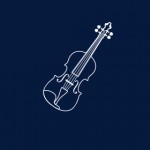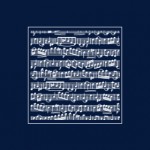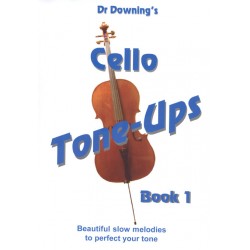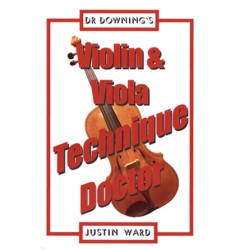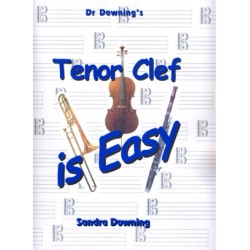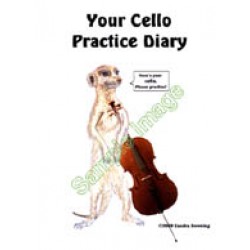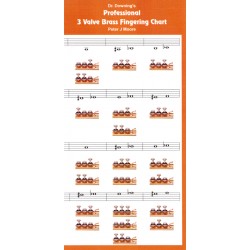The Cellists Inner Voice
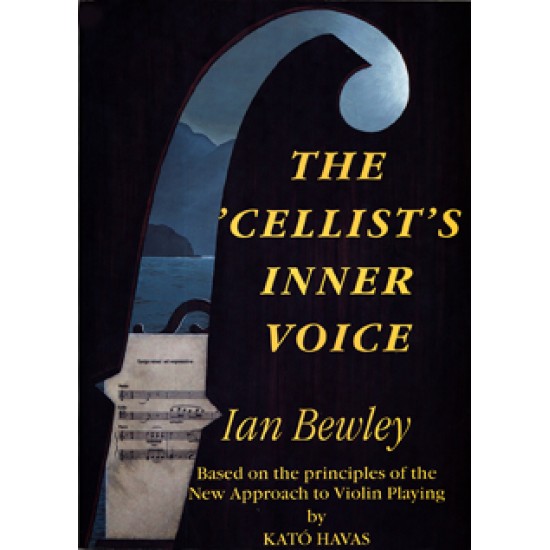
Hot
The Cellists Inner Voice
£14.95
Ex Tax: £14.95
- Stock: In Stock
- Model: 1121005
- Weight: 300.00g
- SKU: 163
- ISBN: 1 897927 03 7
- MPN: 5060443140591
| Product Details | Based on the principles of the New Approach to Violin Playing by Kató Havas, Ian Bewley has written an eminently readable and valuable manual for cello players of all levels. If you are an amateur cellist, just playing the cello for fun, or an aspiring professional, learning to overcome stage fright by releasing the tensions in your body will be vital in enabling you to reach your full potential. A student of Vilmos Palotai, a former member of the world renowned Hungarian Quartet, Ian Bewley has drawn freely on the teachings of the New Approach to the Violin and, of course, his own lifelong experience of playing and teaching the cello. Chapters include: THE FUNDAMENTAL BALANCES, The Physical Aspects, POSTURE (The Cradle), THE BOW STROKE and Bow Connection, THE LEFT HAND (The Music Maker), INTERVALS and Interval Shapes, THE MAJOR DISPOSITION, SHIFTS (Changes of Position) FIFTHS and changing fifths. VIBRATO, THE THUMB POSITION, DOUBLE STOPS, OCTAVES, SCALES and ARPEGGIOS, Harmonics, Trills, Ornaments, PIZZICATO, LEGATO and STACCATO DOTTED RHYTHMS, Martele, Spiccato, PHRASING (Maintaining the ‘flow’ and the melodic line in both legato and staccato and accompanying passages). FAST PLAYING, How to Practise and INTERPRETATION. In this hand-book for the searching cellist, there is much of interest for many musicians, not only cellists. Ian Bewley goes into great detail to show what are the performance pitfalls, with insights into disturbing problems caused by tension and anxiety. Choosing fingerings and bowings is just one thought provoking activity and the basic truths guiding decision making may be surprising. They are clearly stated and can be applied to other areas of music. The chapter on interpretation and spontaneity is especially interesting, although Ian Bewley has a great deal to say which is significant for all musicians, on many aspects of music as well as cello playing. The chapters on "CHANGING FIFTHS" and "THE THUMB POSITION" have specific significance for cellists. There is much that may be thought to be new and controversial in this book but it will certainly stimulate thought. Tim Paxton says: A distinguished violinist friend and colleague once said to me, “When I’m playing my best I have a kind of spongy feeling of balance in my arms and hands. It’s difficult to describe but it just feels right, as if anything is possible!” Although he seemed to be struggling to find the right words I knew exactly what he meant. I immediately thought of my teacher Ian Bewley and of the 5 years from the age of 12 that I spent learning with him at the Junior Department of the RNCM. Ian’s teaching focussed on discovering and using the natural balances in the body and from that, a sense of ease through which the musical impulses could flow unhindered. I remember him saying “this is either easy or impossible!” The physical feelings and sensations of playing were all-important – if it felt right then it would sound right! To perform meant focussing the mind so as to recreate these feelings of softness, balance, poise and freedom. My friend, of course, was lucky in that he had been able to work these things out for himself. Without the ideas expressed in Ian’s book we are left with a world in which we all receive the same mechanical-based teaching. The talented and the imaginative, like my friend, manage to discover for themselves the imagery, feelings and sensations that are conclusive to fine playing, while the less fortunate simply fall by the wayside, frustrated and disheartened by feelings of woodenness in their playing and lack of technique. Ian’s teaching, together with the ideas of those who inspired him, offers a better way and a more direct path by placing the discovery of natural balances and the release from tension and anxiety at the very centre of the learning process. One or two of the ideas expressed in this book have provoked some controversy over the years and may well continue to do so. Readers can, if they wish, be selective as what they absorb and assimilate immediately and what they leave for further exploration. However, let one thing be clear; the fundamentals of this book (to use another of Ian’s expressions) are of inestimable value for anyone needing a better understanding of what it is to play the cello well and how to go about it. I cannot recommend it too highly. Malcolm Balk, the internationally renowned expert on running, says: I picked up Ian Bewley's The Cellist's Inner Voice in 2001 just by chance and was so intrigued I ended up travelling nearly 4000 miles all the way from Montreal to Watermillock in order to work with him personally. This was the beginning of a wonderful ongoing exploration of Mr Bewley's ideas on the cello and music in general which sadly ended with his death in 2007, but continues to provide ongoing inspiration. This book is a little gem, the legacy of a man who understood both the joys and challenges of playing the cello. In it, he provides us with practical clues and guidance to finding our way on a path that sometimes feels as winding and remote as that to his home near Ullswater (Cumbria, England) and is ultimately as rewarding. Charles Ellis says: Ian was a very modest and generous man and I will be eternally grateful to him for huge amount of the time he gave me when I was learning with him. He was a man of tremendous common sense and a logical thinker. I learnt a lot from him about how to practice in a disciplined way so as to always put the music first. His understanding of how the left hand and bowing arm work have proved invaluable. His book is a culmination of his whole approach to music making. His book is extremely interesting and thought provoking. While some of the ideas may seem unusual they are all worth exploring. Ian was a incredibly patient teacher. He would delve into the detail of the music as no-one else could, often a three hour lesson would be spent on examining how to play the first three notes of a concerto. Clearly the essence of Ian's work is summed up in his book and I think every cellist would benefit from reading it. |

